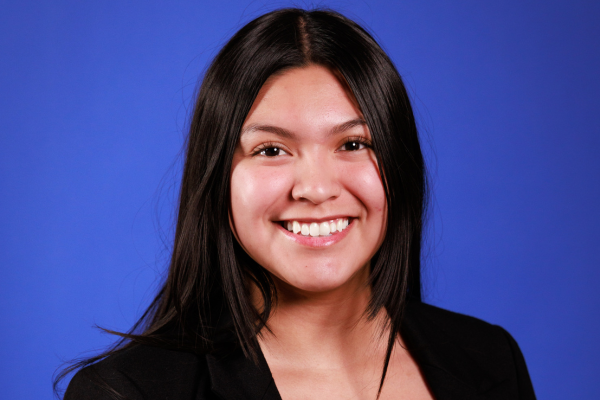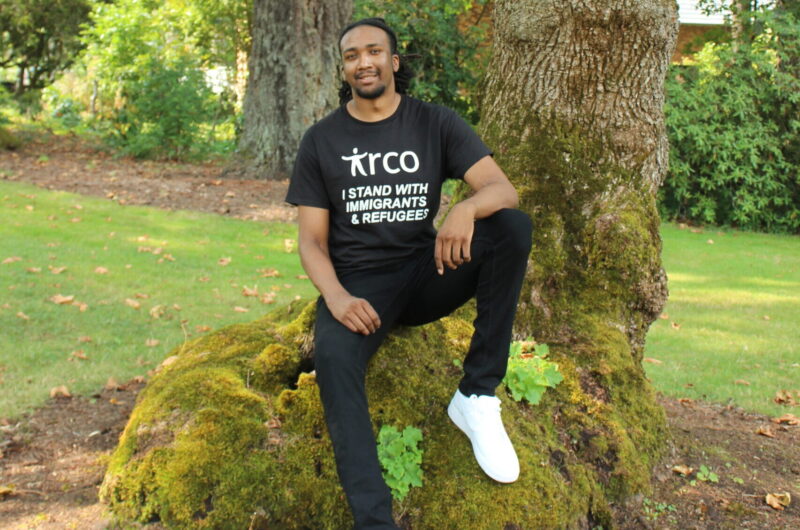Despite college enrollment among recent high school graduates falling to 27.7% throughout the nation, 77.5% of College Possible Oregon’s high school class of 2020 successfully enrolled in college last fall, demonstrating our students’ strength, courage and resilience as well as speaking to the added value of a coach and mentor during these difficult times.
Students throughout the nation faced dire situations as they navigated college admissions in the midst of a pandemic in 2020. The National Student Clearinghouse reported that across the board, the number of graduating seniors enrolling in college dropped 21.7% compared to 2019, and it is not hard to imagine why. Faced with economic uncertainties, concerns about safety, and the challenges of a virtual learning environment, students—especially those from low-income backgrounds—felt less confident about their educational futures.
In high schools serving families from lower-income brackets and a higher minority population, the pandemic had an even stronger impact. Low-income schools saw a 29.2% drop, resulting in only 21.4% of graduates immediately enrolling in college.
As the pandemic unfurled over the course of 2020, College Possible’s coaching went virtual as well. Coaches who had been looking forward to seeing students in the classroom quickly adapted to video calls and emails. Throughout the summer, students continued to receive virtual coaching by transition coaches who guided students through enrollment forms, financial aid and scholarship applications, which had been delayed by the pandemic.
“I had 10 weeks to support 287 students,” said summer transition coach Andrew Nguy. “Most of my students had already been accepted into wonderful schools. The problem was that their families could no longer afford it.”
Nguy guided students in appealing for additional aid and applying to external scholarships. It made a difference.
“I can think of at least five stories off the top of my head where we were able to find additional funding for our students,” said Nguy. “I encouraged everybody to appeal to the school first while I scoured the web for scholarships, and we would check in again one week later.”
Aside from appealing for financial support, the transition coaches connected with students one-on-one to make sure there were no other barriers to enrollment. At the beginning of the summer, a series of virtual sessions helped students complete their college enrollment to-do lists. The series, titled Summer Bridge, has its origins in combatting summer melt, a phenomenon in which students already accepted to college struggle to make it to enrollment in the fall.
“In its simplest form, Summer Bridge, is about completing steps to make sure students who commit to enroll, step into college on their first day,” said program director Margarita Gutierrez-Lemus. “Sometimes, these steps are as task-focused as, did a student sign their master promissory note for student loans, or does the student know how they will get to campus on their first day. Other times, the steps are more focused making sure a student knows they belong on campus and that they are bringing valuable experiences and strengths.”
For other students, it was not financial uncertainty, but worries of college fit—whether online classes would be overwhelming, or if the absence of a campus community would make for a dismal school year. However, as College Possible President Craig Robinson wrote in his op-ed for The Hechinger Report, “what begins as a gap year or a semester of helping their family pay the bills can turn into a lifetime of unfulfilled opportunity.” Enrolling in college immediately after high school is crucial, especially for students who may not have such a prime opportunity for education later in life.
Along with pandemic-driven obstacles, students and coaches had to face challenges ubiquitous to other years. The pandemic did not replace year-to-year struggles, but rather layered on top of them. High school program coordinator Violeta Martin recalled hesitancy among students that was reminiscent of past years, such as fit within a college community.
“When the pandemic hit, her biggest worry wasn’t not enrolling, but where to enroll,” Martin said of Maida, a current first-year college student. “She was excited about attending a small liberal arts college, but her parents were worried about the religious aspect of school, as they are of a different faith. However, after multiple conversations with her parents and her coach Zoe, she’s successfully enrolled this year.”
Make a gift today to support students and make higher education more equitable.


